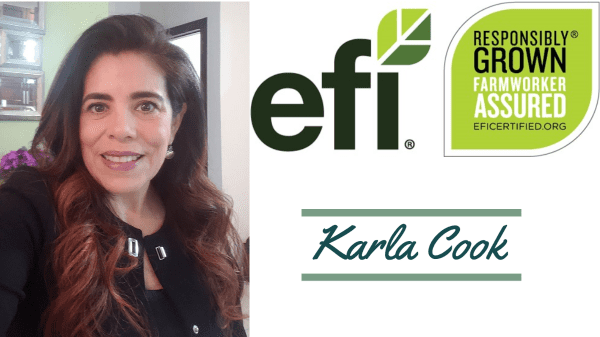To determine how to build a socially responsible business, we first need to determine what a “socially responsible business” is.
We might then find ourselves in a sea of definitions of what it is and what it could or should be, so let’s focus on the foundational ideas that can establish or transform a business into being socially responsible.
First, form a vision and understanding of social responsibility from a business perspective.
This includes legal and economic employment practices, being responsible for the environmental impact that the product or service has or will have and elaborate on this vision to include it in the messaging to be shared with clients and consumers.
The vision needs to have a high-level advocate or proponent – the person who will gain management team commitment to the vision and lead its execution.
Next, a decision to move forward and embed the concepts in every single part of the business while building it and/or transforming it. This is where the principles intersect with work owners and where managers will adopt a working style for everyday work.
Together, the vision and decision are transformed into execution: everyday operations, decision-making and business practices will reflect a socially responsible business.
It will lead a company’s leadership team to constantly ask themselves, “What does a responsible business look like in every aspect of the supply chain?”
“Are we achieving the results needed to be in this path?” “What industry level measures should our business align to?” and, “Is this where we, as a company, decide whether to pursue a third-party certification?”
A business can have the best-written policies, procedures, mission and vision, but without the decision and commitment from owners and management to make these values a part of the everyday business, being a socially responsible business will not be possible.
Tasks such as role modeling and labor-management collaboration, allowing workers to provide feedback and ideas, reaching out to the local community and other areas of influence, allowing employees to believe in and model the principles into a socially responsible business, are, at the least, what socially responsible organizations actually do.
Finally, there are challenges and threats that socially responsible organizations face. One challenge that some, if not all, organizations face internally and externally is change.
Change cannot be avoided nor skipped. Organizations can put it on hold but only for a period of time, for it will always come back knocking on their door.
Change can be daunting, especially when it is sudden or comes unexpectedly; regardless, they need to act fast and respond appropriately.
Leaders face the challenge of making decisions based on their core principles and vision. In some cases, they might not seem like the best option. However, these decisions are always made while keeping their core values in mind.
Socially responsible business leaders will most likely stay committed to their vision and to the fact that there is no other way to operate. The good news? They will not compromise the values and principles on which their business was founded.
Is your business socially responsible? Are you facing challenges to become socially responsible or to be more than you already are?
Take a step back to review your vision, the decisions you make, your actions and how change is managed, and you will find interesting information that can help answer the above questions.
It will be up to you to take the challenge and make changes that will re-route you to a more socially responsible business.



